
This article is reprinted from the WeChat public account Wenxin Voice (ID:semiconvoice)
Despite the global spread of the COVID-19 pandemic, it has not dampened the enthusiasm for significant investments in semiconductor manufacturing in China. Recently, following the announcement that CIS chip design company Gekewei will establish a 12-inch factory in Shanghai, industry insiders have reported that Zhang Rujing, the founder of SMIC, may participate in the recently surfaced 8-inch and 12-inch IDM wafer fab project in Nansha, Guangzhou.
Wenxin Voice inquired whether Zhang Rujing would participate in the Guangzhou project. Currently stationed at the Qingdao factory, Zhang exclusively responded to Wenxin Voice, stating, “I am considering taking on a nominal advisory role.”
Zhang Rujing also has a certain understanding of the team background for the Guangzhou Nansha project.He pointed out that this team mainly consists of industry experts from overseas, including the United States, Europe, Taiwan, and Japan, and details are expected to be officially announced in April.
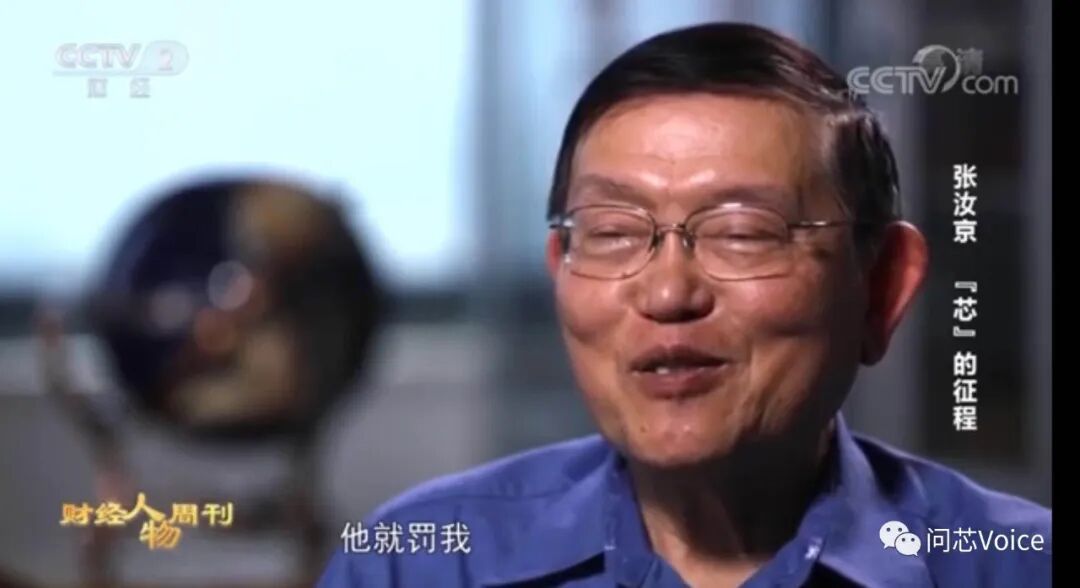
Zhang Rujing: Never Tired of the Entrepreneurial Journey

Zhang Rujing founded SMIC in Shanghai in 2000, recruiting 400 overseas talents to start the business, laying the foundation for today’s Chinese wafer foundry industry.
As SMIC and TSMC became embroiled in a lengthy trade secret lawsuit, one of TSMC’s conditions for settlement was that Zhang Rujing must leave SMIC. He exited SMIC’s operations in 2009, subsequently working in the LED industry, and later served as general manager at major silicon wafer supplier Shanghai Xinsheng.
Currently, at a critical moment in the development of China’s semiconductor industry, Zhang Rujing is making another significant decision, as he shifts from his previous expertise in wafer foundry to pioneering the IDM model in China, establishing the Xinen Integrated IDM project.

The industry greatly admires Zhang Rujing for his unwavering commitment to the domestic semiconductor industry, always willing to contribute his lifelong experience and mentor the next generation for the cause of “Chinese chips”.
However, Zhang Rujing has been in Qingdao for nearly two years, and although the project continues to advance, there have been persistent rumors about the government’s uncertain level of support. Recently, there were reports that his team went to Guangzhou Nansha for evaluation, leading the industry to speculate whether he has plans to start anew.
If he takes on a nominal “advisor” role in the Guangzhou Nansha project, it may indicate he does not want to surface too quickly, as he still bears the responsibility for advancing the Qingdao project. However, with Zhang Rujing’s “assistance” in the Guangzhou Nansha project, it is bound to shine brightly.
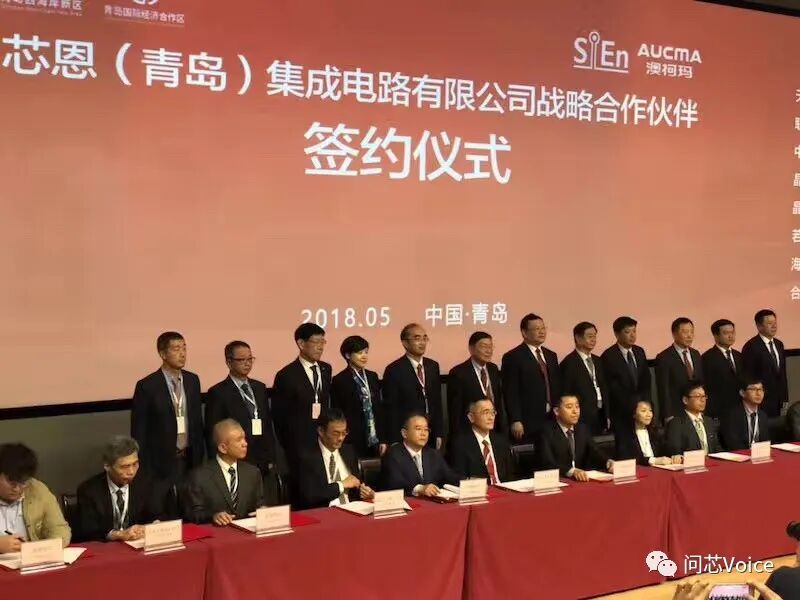
Ningbo, Guangzhou, Qingdao: Xinen’s Journey of Trials

According to information disclosed by the Guangzhou Nansha District government, the company to be established there will engage in integrated circuit research and production, building an IDM model with an annual production capacity of no less than 300,000 8-inch wafers and no less than 50,000 12-inch wafers, with plans to complete the factory and commence production within 18 months.
More importantly, the core technology team of the successful bidder must possess the technical capability to achieve 40nm and 28nm chips and have experience in constructing and operating no less than five well-known semiconductor factories domestically and internationally.
Zhang Rujing’s Xinen Integrated project also aimed to establish a presence in Guangzhou during its early stages, targeting both Qingdao and Guangzhou for simultaneous development.
In 2017, Xinen signed a memorandum of cooperation with the Guangzhou Development Zone Management Committee, planning to invest 6.8 billion yuan to build 8-inch and 12-inch wafer fabs for the IDM project. However, after the signing, there was no further development or news.
Before Guangzhou, Xinen also considered building a factory in Ningbo, but both the Guangzhou and Ningbo projects ultimately came to nothing. After some twists and turns, Zhang Rujing finally established Xinen Integrated’s main base in Qingdao.
During a media interview, Zhang Rujing pointed out that the IDM model is very suitable for Qingdao, as there is a large capacity for smart home appliances that require many chips, and there are also electric vehicle factories in Shandong, which are potential future partners.
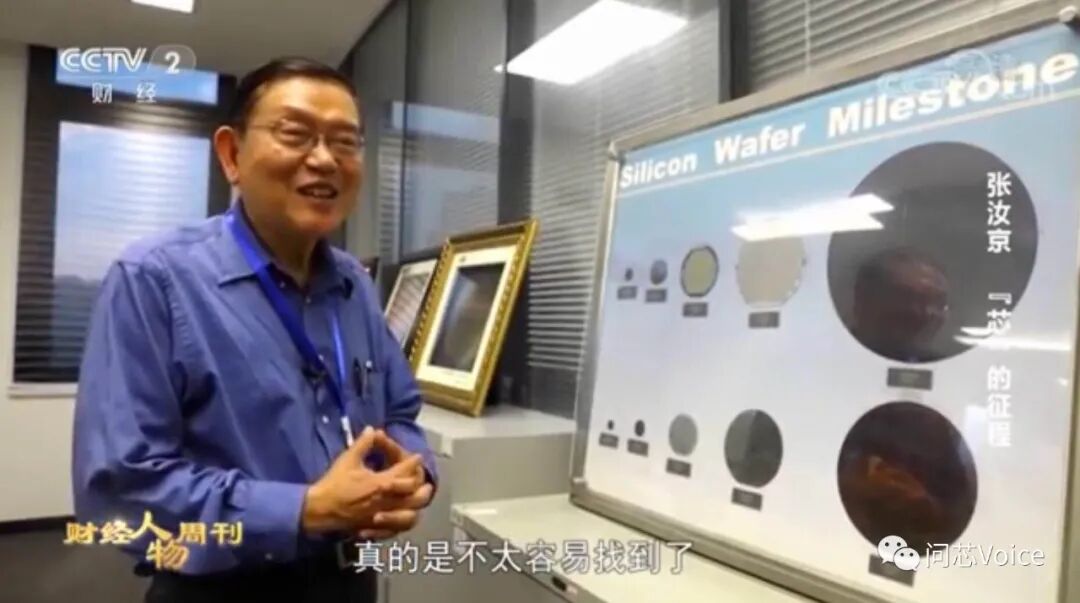
The Rise of the CIDM Model in China

Zhang Rujing, known as the “Father of Chinese Semiconductors”, started from the wafer foundry model. Now over 70 years old, he has entered the so-called age of “doing as one pleases”. Why would he begin to shift from the Foundry model to the distinctly different CIDM model?
The so-called IDM model refers to integrating multiple processes such as chip design, manufacturing, and packaging/testing. For example, Samsung’s DRAM/NAND Flash chips are typical IDM companies, and Intel’s CPU chips are also designed and manufactured in-house.
In the early days, the IDM model was very popular, and semiconductor companies with design capabilities aspired to have a wafer fab, as no company was willing to be Fabless. At that time, a famous saying in the semiconductor industry was: “Having a wafer fab makes you a real man!”
The company that ended the IDM era was TSMC, whose founder Morris Chang proposed the pure foundry model, successfully nurturing the rise of heavyweight Fabless companies globally, such as Qualcomm, Nvidia, AMD, and Broadcom. Since then, Foundry + Fabless has become the mainstream in the semiconductor industry.
With the halo of the IDM era fading, currently, only a few semiconductor companies like Samsung (DRAM + NAND Flash), Intel (CPU), and Toshiba (NAND Flash) continue to operate under the IDM model.
It can be seen that the IDM model is more suitable for standardized products, such as CPUs, DRAMs, and NAND Flash, which are highly standardized and commoditized chips.
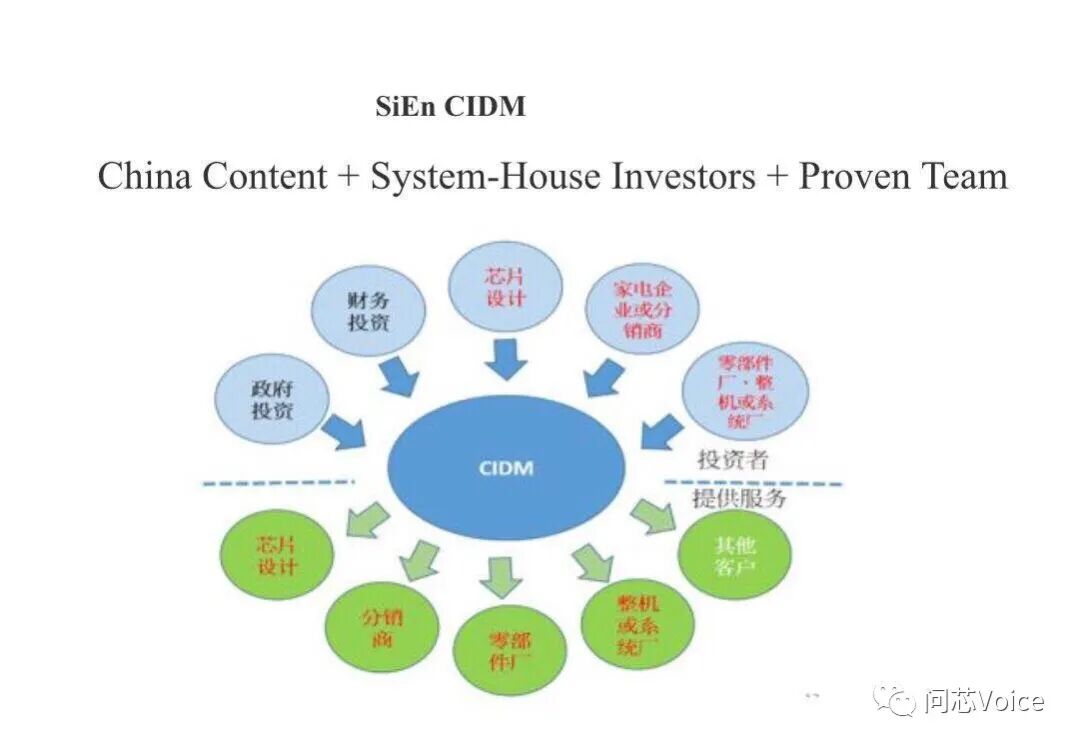
Zhang Rujing’s investment in CIDM refers to Commune IDM, which is a shared IDM company. He believes this is another hopeful wing for China’s semiconductor manufacturing.
Unlike digital chips that pursue ultra-low power consumption, with a high number of transistors and extremely small line widths, suitable for advancing to high-end 7nm/5nm process technologies at semiconductor fabs like TSMC, analog chips are particularly suitable for the IDM model.
Analog chips do not require the highest-end processes but are very sensitive to technology, necessitating fixed parameters. Therefore, a dedicated production line is usually established to manufacture such products, as foundries cannot develop new process technologies for small order quantities.
Producing these types of chip products using the IDM model is more suitable than the current Foundry model. For example, gallium nitride (GaN) used in 5G communications is a very typical case, and suppliers of these high-power chips, such as Skyworks and Qorvo, are also IDM companies.
Generally, IDM companies require a large chip design team to support them, estimated to be at least over 1,000 people.
However, assembling such a large design and R&D team in the short term is extremely challenging, which has led to the emergence of the Commune IDM concept, where different design companies collaborate to share production capacity.
Additionally, automotive electronic chips are also quite suitable for the IDM model, as chips can be custom-made according to demand, with cross-industry collaboration between car manufacturers and semiconductor companies to dedicate a production line specifically for related chips.

Guangzhou’s Rising Stars: IDM Factories Gradually Entering

In recent years, the semiconductor manufacturing industry has flourished under the active promotion of various local governments.
Chief Research Analyst Gu Wenjun from Xinsilicon pointed out that since the outbreak of the COVID-19 pandemic, there were concerns that the government might divert or reduce funding for building the semiconductor industry, but it seems that the industry is still flourishing. He jokingly remarked, “The government is too wealthy; poverty has limited my imagination.”
The earliest semiconductor manufacturing bases were in Shanghai, followed by Beijing, Shenzhen, and in recent years, cities like Wuhan, Hefei, Nanjing, and Xiamen have emerged as “chip cities”. Although Guangzhou is a latecomer, it is very proactive.
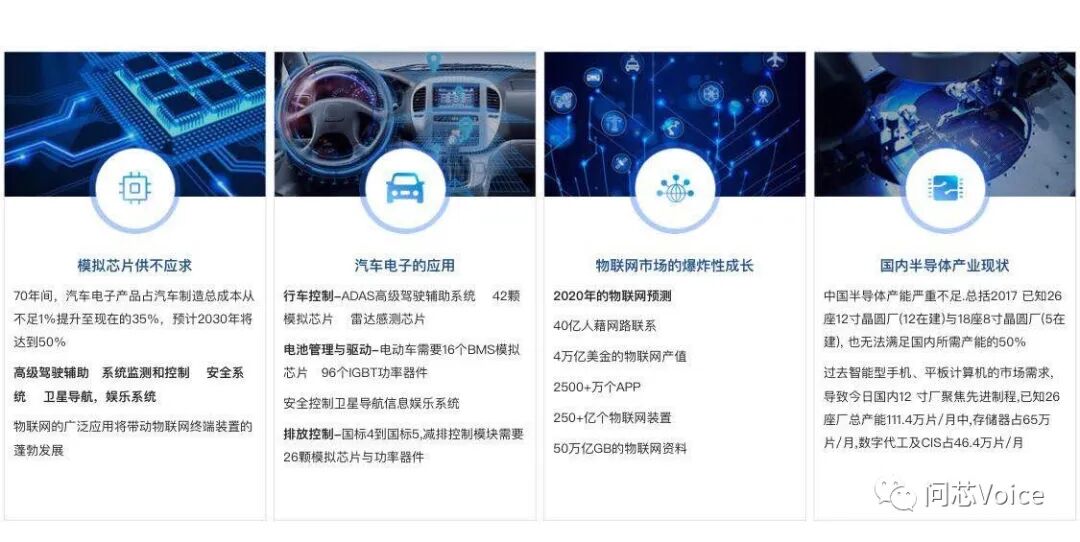
Currently, Guangzhou’s representative in semiconductor manufacturing is Yuexin, whose CEO Chen Wei previously served as Vice President at Huahong Grace, and as a native of Guangzhou, Chen Wei chose to return to his hometown, which holds special emotional significance.
Yuexin was established in December 2017 in the New Knowledge City of Guangzhou Development Zone, and is a virtual IDM factory, as well as Guangzhou’s first 12-inch chip production line.
Yuexin plans to build a 12-inch production line with a monthly capacity of 40,000 wafers, producing microprocessors, power management chips, analog chips, and power discrete devices, focusing on applications in the Internet of Things, automotive electronics, artificial intelligence, and 5G.
Now, Guangzhou will welcome a new IDM factory, potentially with Zhang Rujing personally “assisting” and “overseeing” the project, which is expected to make Guangzhou another important base for semiconductor manufacturing in China, or even a hub for China’s IDM, likely leading to a more concentrated and vibrant local chip design company and supply chain.
-End-
